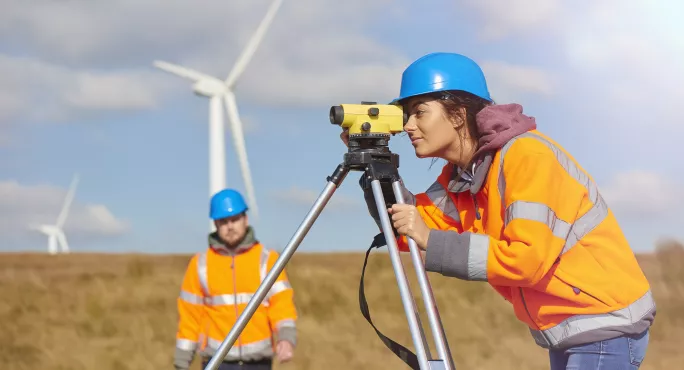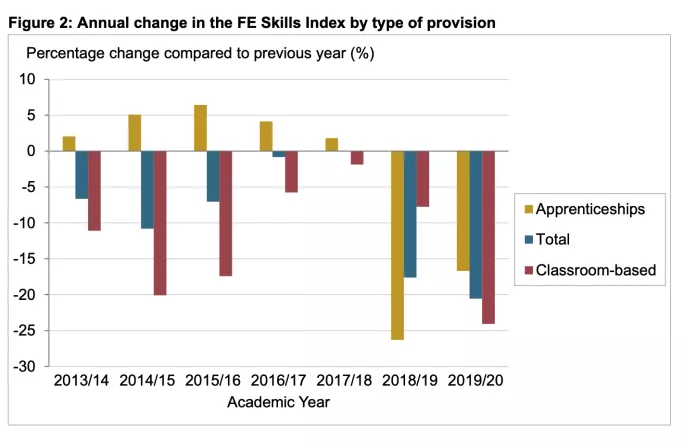
Get the best experience in our app
Enjoy offline reading, category favourites, and instant updates - right from your pocket.
Skills Index 2021: What you need to know
The value added per learner was 6 per cent greater in 2019-20 than it was in 2012-13, says the Department for Education, suggesting that learners across FE have shifted towards more valuable qualifications
Share
Skills Index 2021: What you need to know
https://www.tes.com/magazine/archived/skills-index-2021-what-you-need-know


